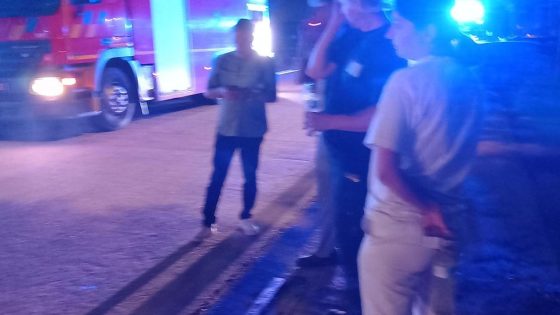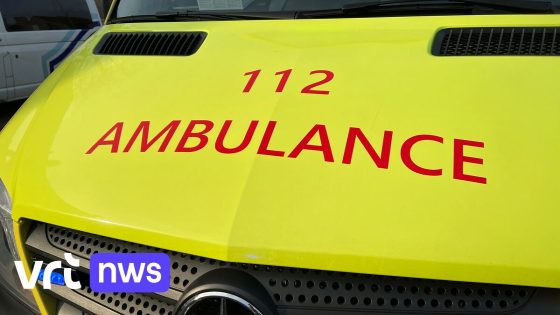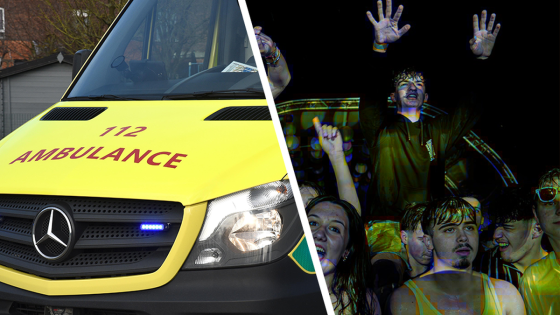A major industrial fire broke out late in the evening at a company located on Scheepstraat in the Oude Bunders industrial zone of Maasmechelen. The large-scale fire alarm prompted a swift and massive response from the local fire brigade on 2025-08-08 10:46:00. This incident has raised concerns about workplace safety during night shifts in Belgian industrial areas.
- Bedrijf brandt op industrieterrein Oude Bunders
- Oven vat vuur tijdens nachtploegshift
- Vijftien werknemers tijdig geëvacueerd bij brand
- Vijf personen behandeld voor rookinhalatie
- Brandweer arriveert na melding om 22.35 uur
- Drone ingezet voor brandbestrijding en controle
Upon arrival, firefighters discovered that a furnace had ignited, causing flames to spread rapidly through three chimneys and setting the roof ablaze. Around fifteen night-shift workers were on site when the fire started, but all were evacuated in time. Still, five employees suffered from smoke inhalation and received immediate medical attention.
Despite initial attempts by staff to control the blaze with fire extinguishers, the fire escalated quickly. The fire department managed to bring the situation under control relatively fast, even deploying a drone to assist their intervention. Such a rapid and coordinated response highlights the importance of preparedness in industrial fire emergencies. What lessons can Belgian companies learn from this event? How can night-shift safety be further improved? The following fast answer summarises the key local impact.
What does this incident reveal about fire safety in Belgium’s industrial sectors? It underscores the need for:
- Enhanced fire detection and rapid response protocols during night shifts
- Regular fire safety training for all employees, especially those working overnight
- Investment in advanced firefighting technology, such as drones, for improved situational awareness
Looking ahead, Belgian companies should review and update their fire safety measures, ensuring that all workers are well-prepared and that emergency services have the best tools to respond. Could this event be a catalyst for stronger industrial safety standards nationwide?
































